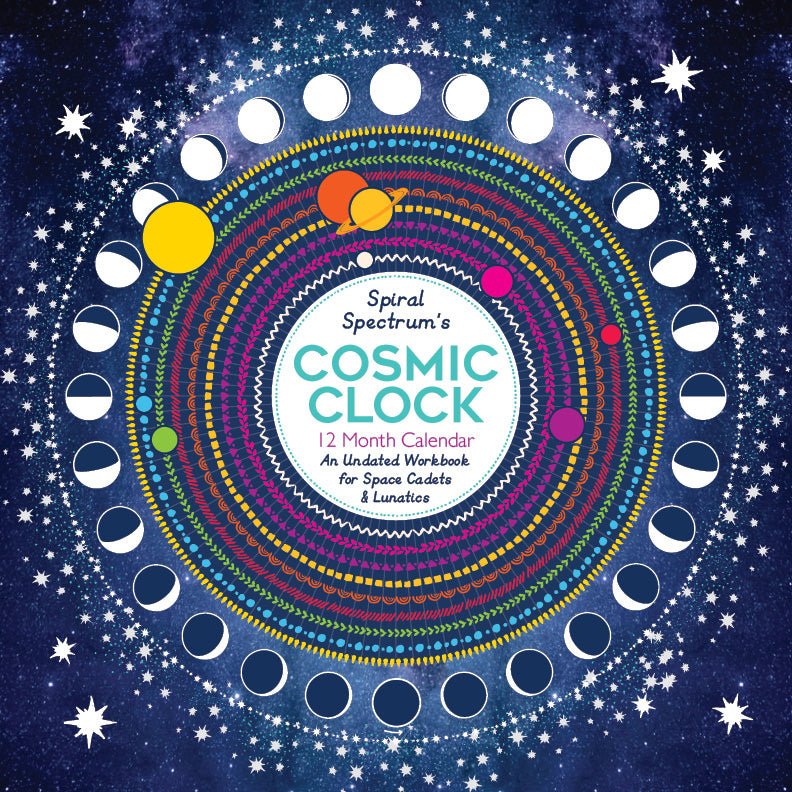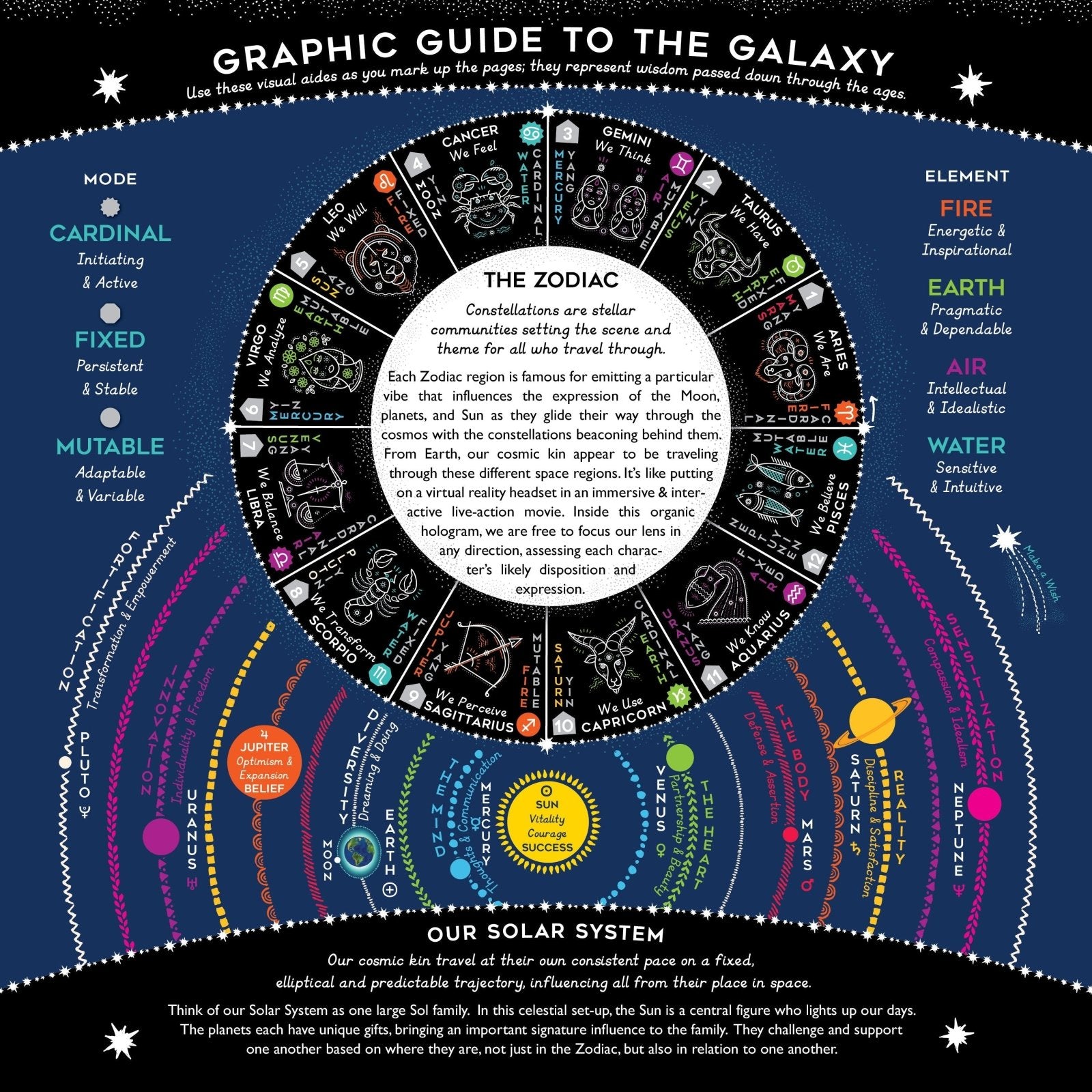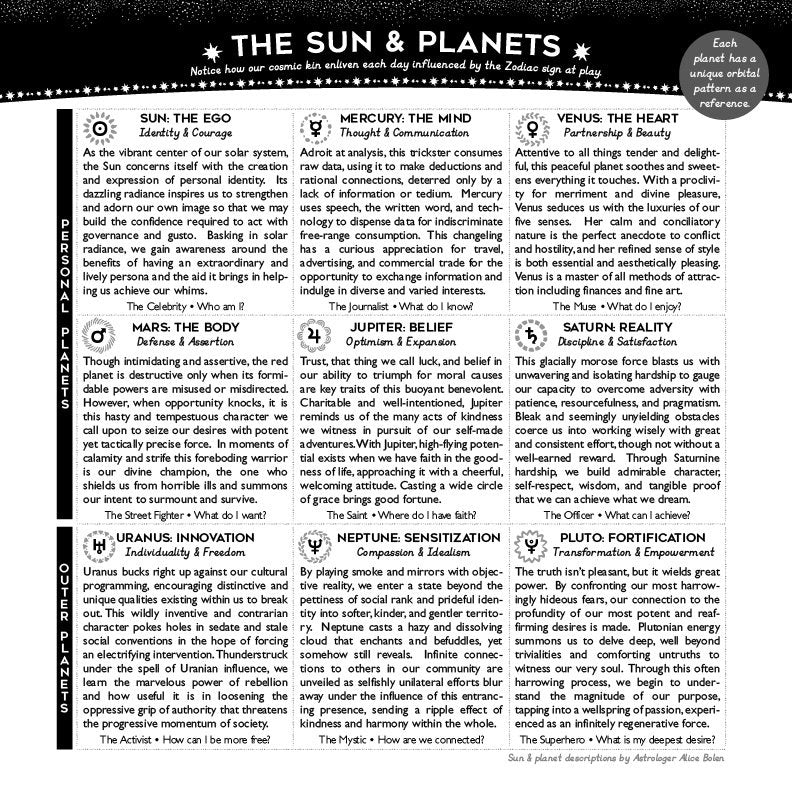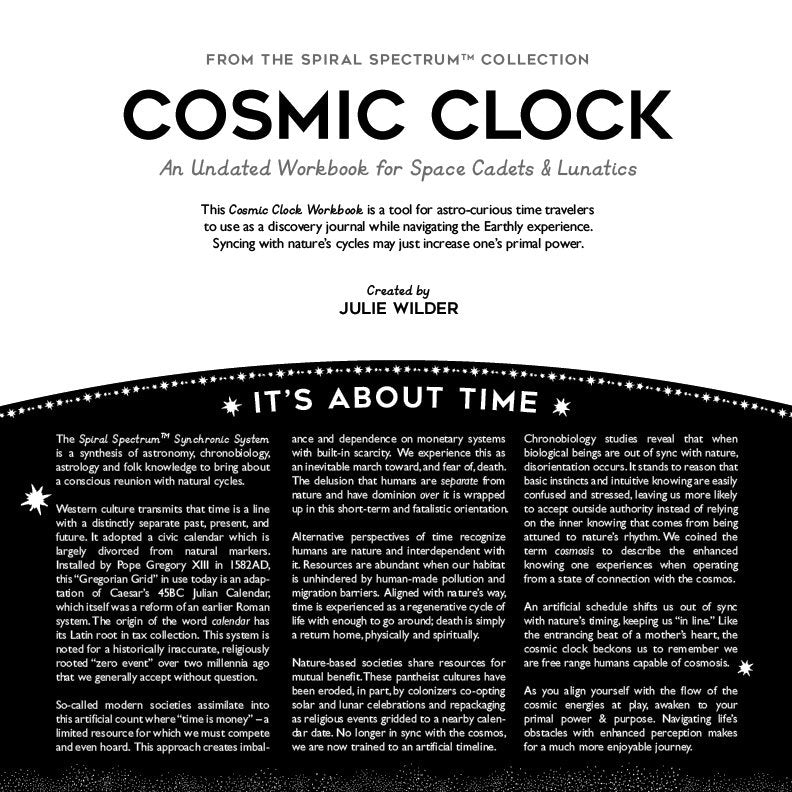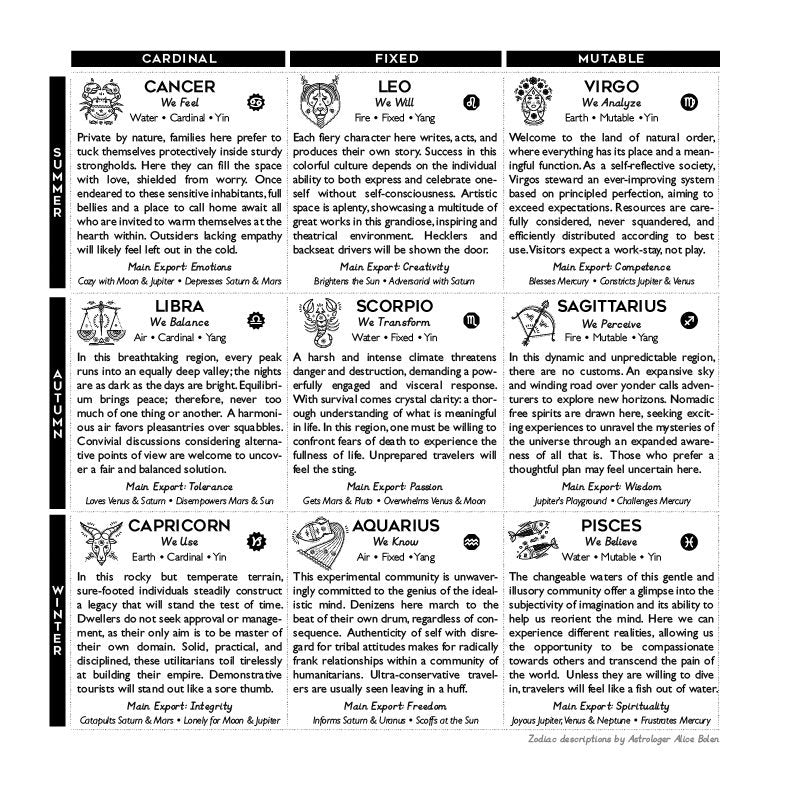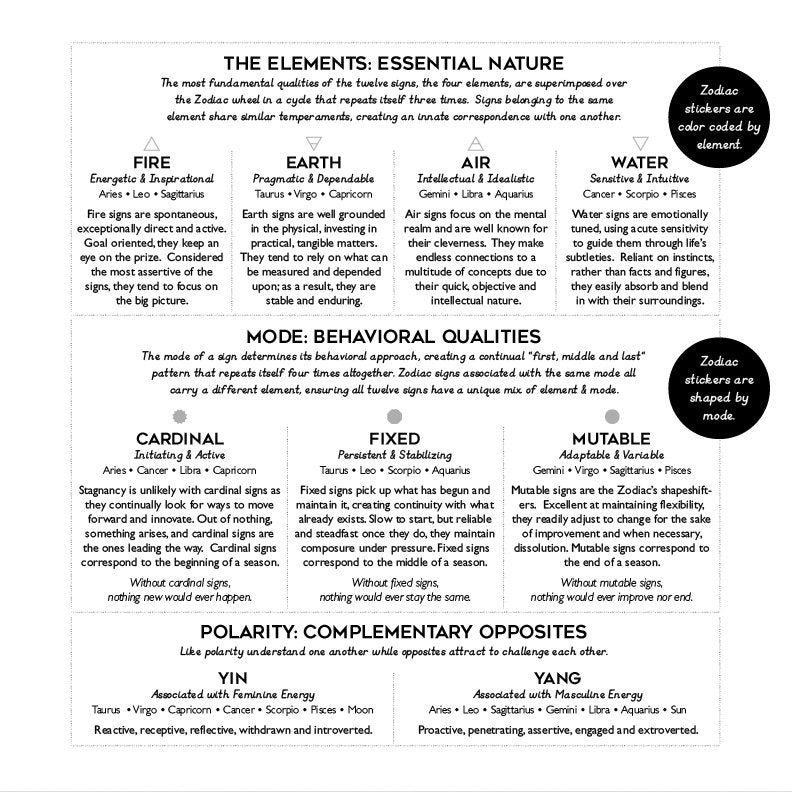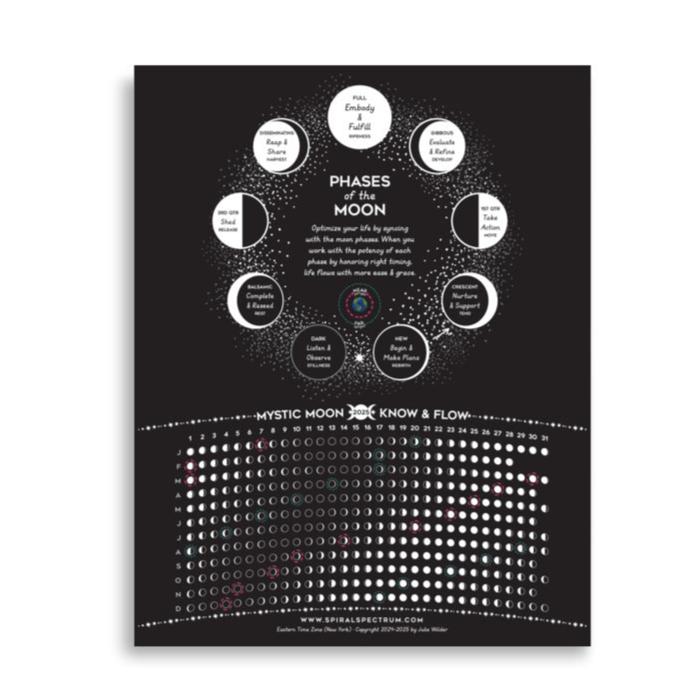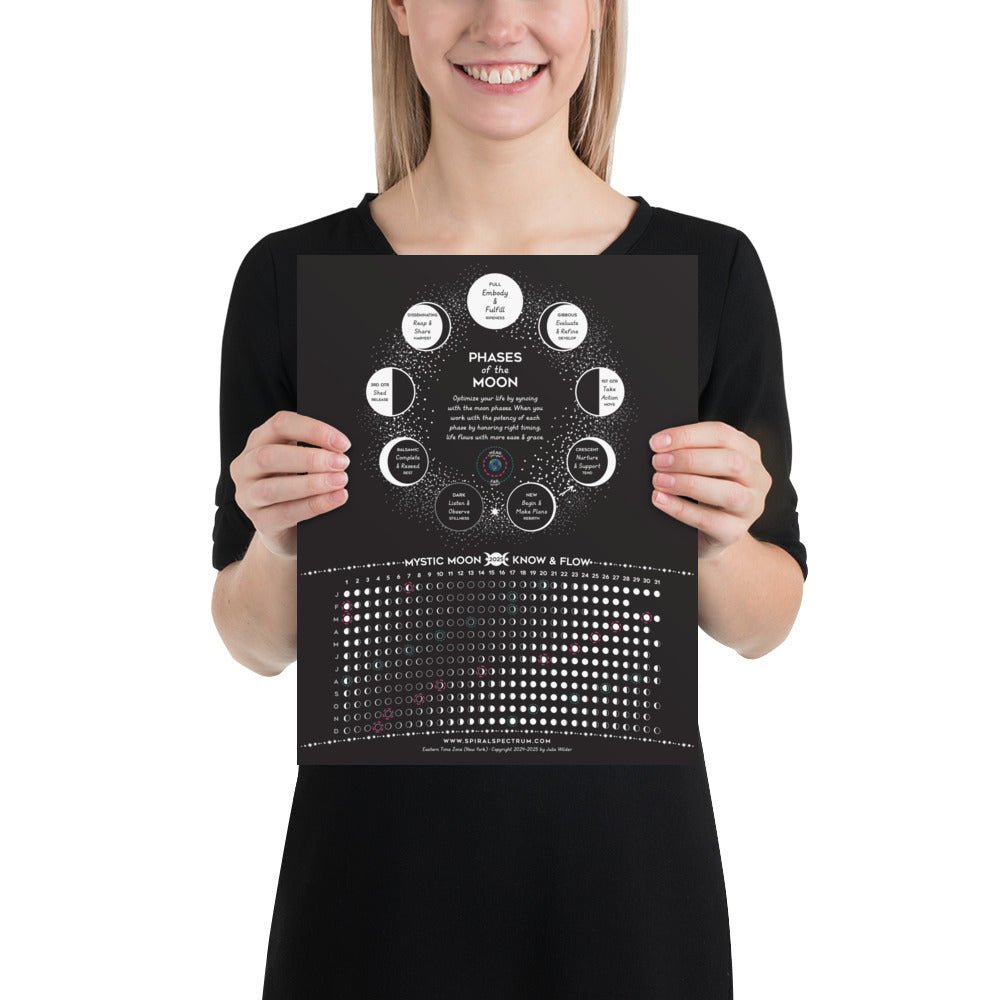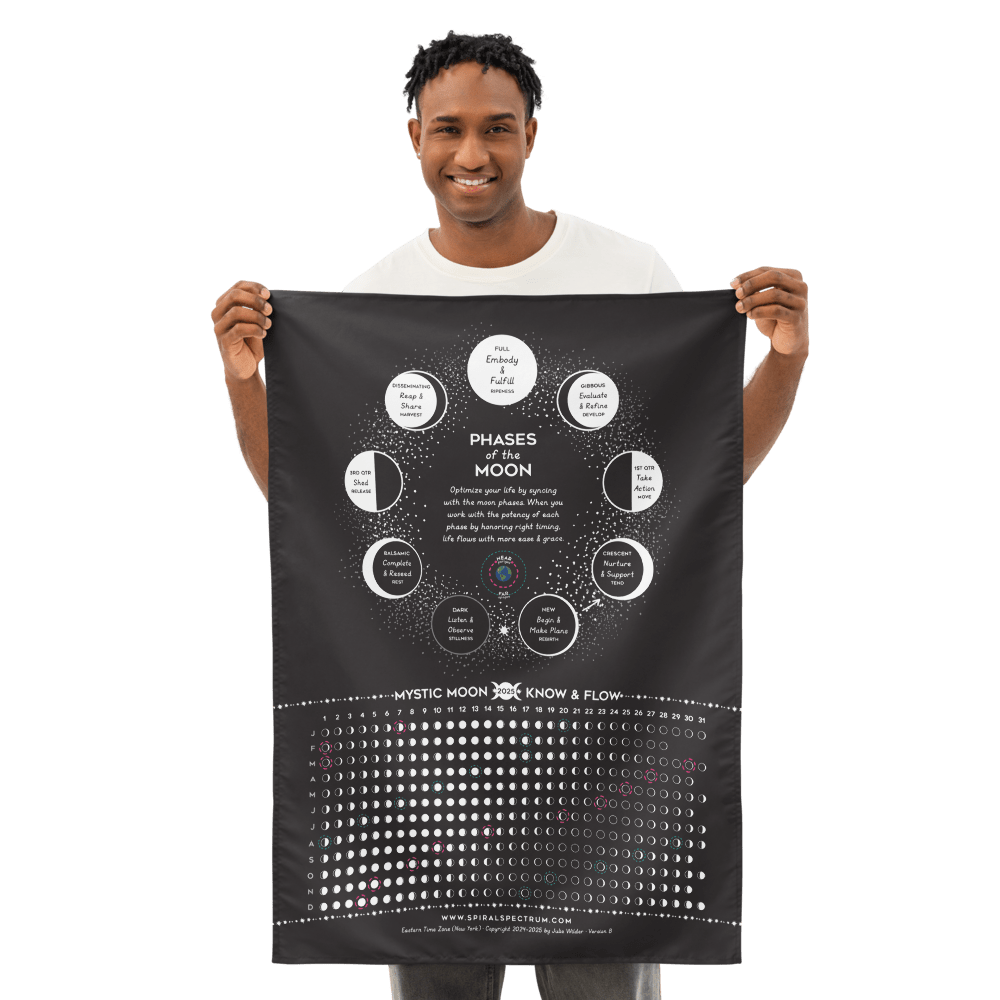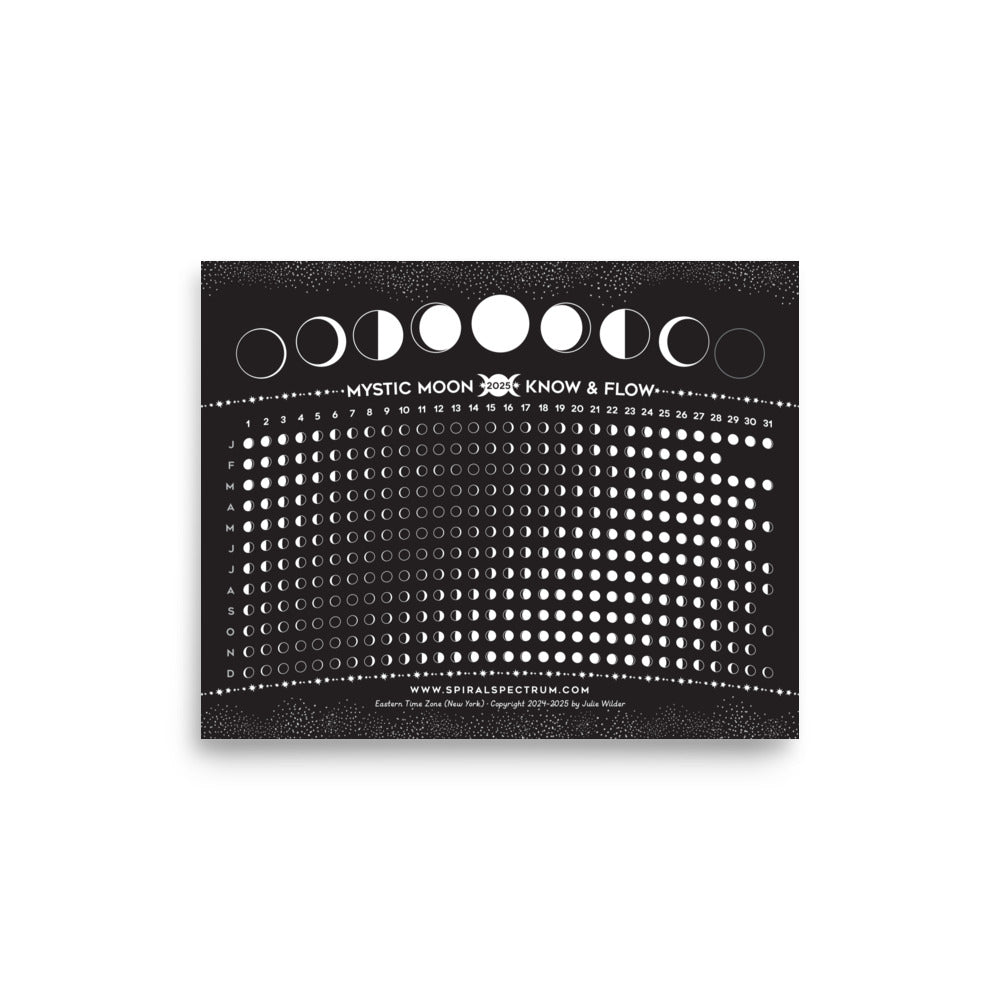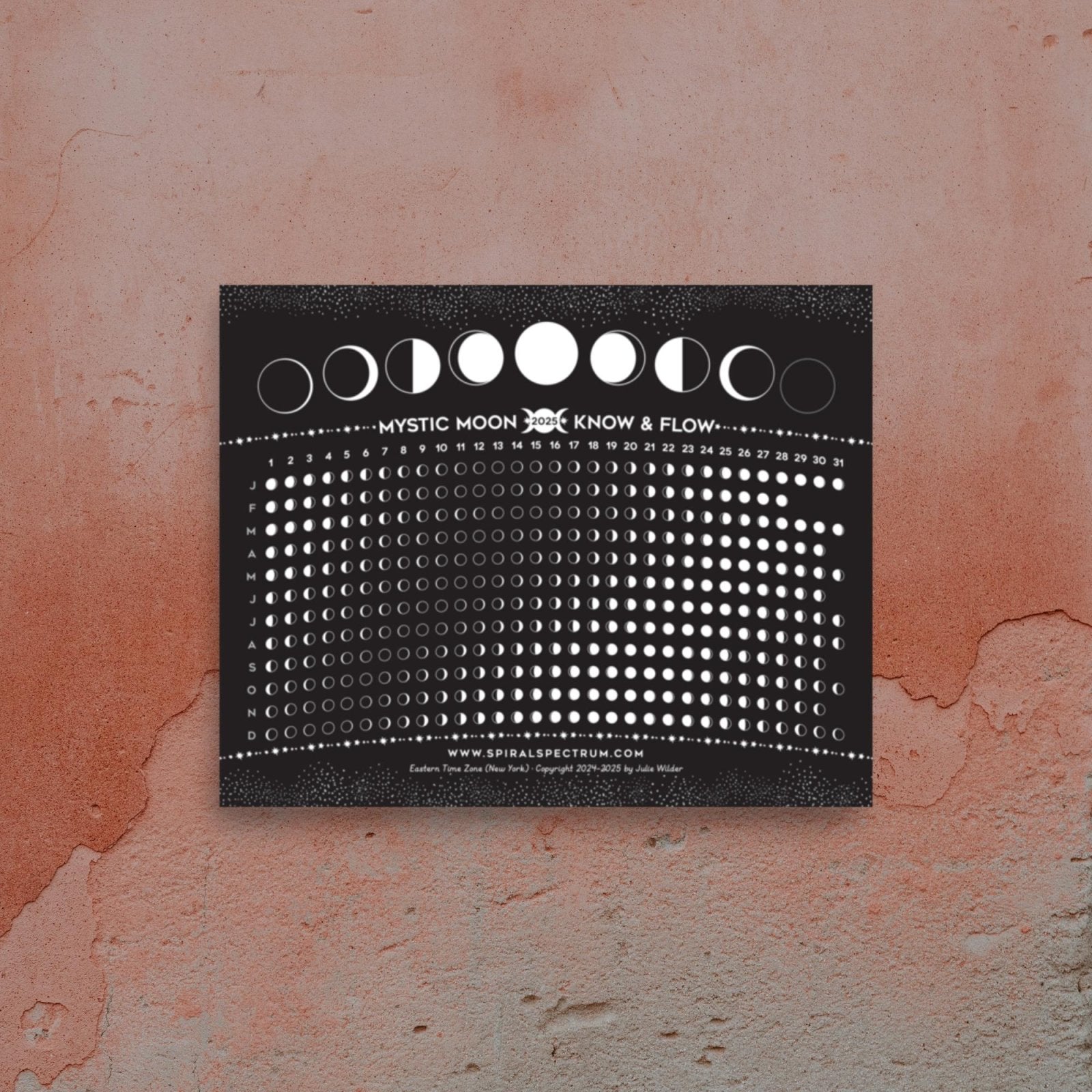
When I point out that the moon may impact us on a biological & cellular level, people often look at me like I'm... loony. Recently, a Nobel Peace Prize was given to three Western scientists in 2017 for their "pioneering" work on the Circadian Rythm finally legitimized solar impacts on human health to the Western World. However, Eastern sciences such as those practicing Aryuveda and Traditional Chinese Medicine (TCM) ) are founded on natural rhythms, including circadian, and they are no strangers to the concept of a Circalunar Clock, although Aryuveda calls this Masa-Charya and TCM calls it syzygial rhythm.
Lesser known to Western civilization are traditional medicine of the Americas (one practice is called curanderismo) as well as medicine women, medicine men & shaman's of aboriginal and indigenous peoples in Africa, Australia and around the globe - all of whom (from what I can tell) include a cosmological connection to healing. Western medicine seems to be unique in its cosmological disconnection (while, ironically, being the first to enter outer space physically) and this recent acceptance of the circadian rhythm is a big step towards reconnecting with nature and integrating a more holistic view.
There are a handful of studies looking at either the effect of moon phases or moon proximity on human biology, but a young science called chronobiology promises to see through a cosmological-biological lens. On it's way to becoming a research trend, Western medicine begins to "discover" what has seemed like "magical" thinking to them, but indeed is just a more dimensional, interactive and holistic science.
Western medicine is just beginning to discover this more ancient and advanced approach to science due to their traditionally dualistic perspective and dismissiveness of "savage" practices known to indigenous healing modalities for many generations.
As Western science becomes more racially, culturally and gender inclusive, it is a natural outcome that scientific studies along these lines will be more prolific. You'll notice that they will claim it as their discovery instead of rightly crediting traditional cultural medicine from around the globe, as the recent Noble Prize demonstrates. Incredibly helpful knowledge about optimal times to take medicine, perform surgery and detox according to natural rhythms may soon be validated by "modern" science. Equality and inclusiveness in STEM fields will further influence this trend, but I tend to keep my eye more on the traditional healers who have known and practiced this for millennia for guidance and advice since Western medicine is so far behind.
A particular interest of mine in moon medicine is around the lunar impact on inflammation and how the phase of the moon and/or the proximity of the man in the moon might impact us. These two aspects of the moon are easy to determine and have practical use in navigating everyday life, especially for those who have a compromised immune systems, mental health conditions or gut-related disorders. Women, in particular, should have a keen interest in the moon cycle as it there is a strong correlation with the menstrual cycle.
There are a variety of reasons under speculation for lunar phenomena such as gravity, electromagnetic fields and luminescent. There are several periods we can begin to observe, and I am suspicious of any study that does not take both phase AND proximity into consideration. Full moons, new moons and when the moon is closest to earth (at apogee in the monthly cycle and also at annual perihelion with Earth in early January) are especially auspicious periods to watch. Apogee and perigee are also called Super and Micro moons.
My Cosmic Calendar and LunaSol calendar are the only ones I've seen that combine both data sets on one easy to read format and have been a useful tool for me in tracking my inflammation symptoms.
There are actual studies here, here, here, here, here, here, here and here that might make you feel more comfortable. However, upon reading the studies, it's obvious these scientists cannot conclusively say what it is that is causing the lunar phenomena to occur, just that the moon does seem to have statistics on its side. This is likely because there is a holistic nature to lunar impact, and observing isolated from the whole may not lead one to understand in context what is happening. In other words, Western medicine tends to see a thing in narrow dimensions when they are required by nature to look at dynamic, moving and complex systems to understand it. A built-in blind spot.
I am not a doctor, nor a scientist. I am, however, a curious person and have observed, along with a host of teachers, doctors, and police, behavioral changes that I suspect are brought on by increased inflammation around the full moon. Things I wonder:
- Might parasites, yeast, mold and other unsavory types floating about in our bodies be more agitated at some point in our circalunar clocks? (They are already shown to be affected by a circadian clock.)
- Might our mast cells be triggered around the full, new and/or apogee to release more histamines and thereby increase inflammation throughout our bodies? (These are known to be affected by a circadian clock).
- Women's hormones influence mast cells & histamines creating inflammation we call PMS. Might that cycle also be influenced by the moon and how does hormonal birth control disrupt the lunar influence on our cellular bodies?
There is so much that Western Science has not "discovered" but in this blog we will certainly be exploring these questions. It makes common sense to me that our cells would be influenced by full and new moons and that those influences would also be magnified during apogee (when the moon is closest to Earth) and diminished at perigee (when it is furthest from Earth). If you want a tool to help you track both of these throughout the year, check out my nature-based Cosmic Calendar.















